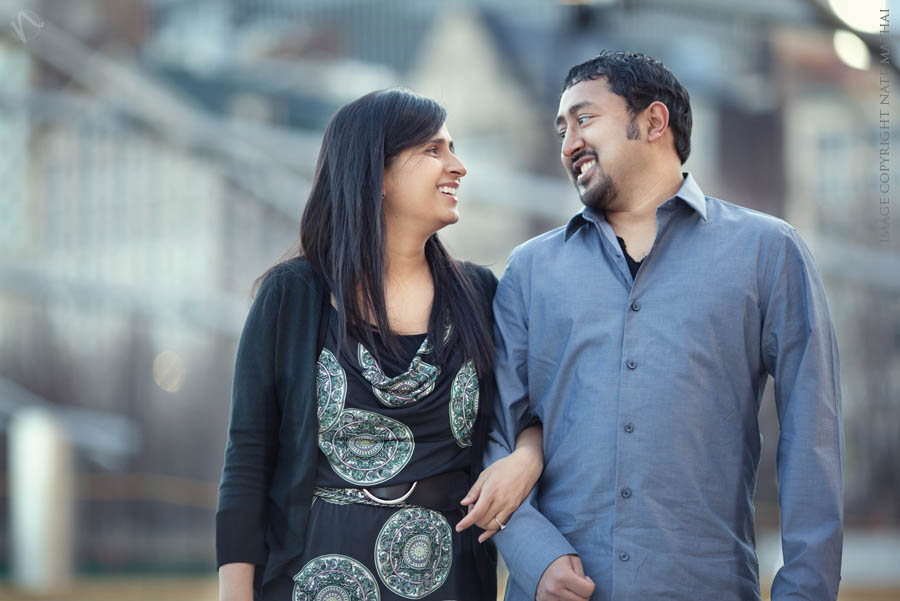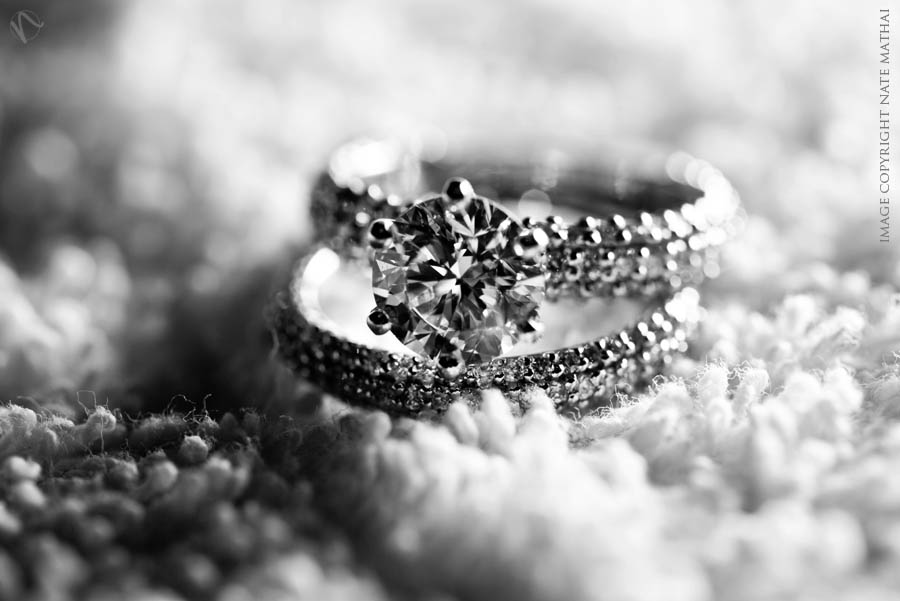First, I recently realized that I’ve lost track of my personal Facebook messages…it started getting a bit busy there and I missed a bunch of messages. So I’ll be trying to catch up there as well, but just a heads up-
1- Best way to reach me is through the contact page
2- My facebook ‘fan page’ now has a message inbox, and I’ll make it a point to check and respond to that better ;)
I got a handful of photo-related questions too, so I figured I’d post here as it’s sort of beneficial for others-

Now, a common question that I seem to get regularly looks something like this: “Hey Nate, I’m looking to buy a dSLR, what do you recommend? I don’t need something big, expensive and fancy like you, but just something that takes great images just by pressing a button, and works great for sports, landscapes, portraits and shooting in complete and utter darkness. Let me know!”
OK, so that’s not verbatim, but I feel like that’s the initial intent that people have without realizing it. And to start, if I found a camera that was cheap, lightweight, and created beautiful images with no work on my part in all situations, I would own it…and not tell you about it so I could keep my job ;) But seriously, as with all purchases, it’s important to realize that there’s a give and take in terms of cost and benefits. The big thing is to realize what it is that you are wanting/needing, what are your priorities, and where you are willing to make sacrifices. Then you’ll be able to get the perfect camera that fits you.
To start, I would say there are three “F”s to think about figuring out what camera to get:
Finance
How much are you willing/able to spend? This is the best place to start. What’s your total budget for your new camera purchase? Take everything into account- camera body, lens(es), batteries, memory cards, flash, carry case, etc. The little things will add up, so its great to plan in advance what your maximum budget right now, and then work to se what fits beneath that. It’s not worthwhile to compare top of the line features if you’re only able to spend $100.
Function
What are you planning to use the camera for? This is where sacrifice initially comes into play, and what can help separate the iPhone from the P&S from a dSLR. I would say about 80% of my personal images are taken with an iPhone, 19% with my dSLRs, and about 1% with my P&S (though the wife primarily uses that one). Reason being? The iPhone takes quality images and its always on me. The dSLR gives me most creative freedom, and I already own it. The P&S, for me, is a great travel camera when I want more creative control without having the bulk/weight of my dSLR and lenses. It’s sort of a forced limitation, because I tend to want to bring every lens and constantly shoot everything when I’m carrying my dSLR.
The next important thing to set priority in is when you’re planning on using it the most. Are you needing to take images at night/low light situations? Constantly needing fast-action sports pictures? Primarily using it to take pictures of flowers, trees and portraits outdoors? Need one that doubles as a video camera easily? Each of these situations require a different feature set (and different lenses for dSLRs).
Features
Now that you’ve figured out what you need and what you’re using the camera for, the next step is figuring what what camera features you are choosing between, and also know what you need to focus on. Camera manufacturers will market the heck out of everything that will be beyond your needs to sell you something, so hopefully these quick tips can clear up some of the confusion. (Note that this isn’t an in-depth discussion of all factors and just scratches the surface of these things…I can go into much more detail, but it’s highly unnecessary for the general camera buyer)
>> Megapixels
When printing an image, there are two numbers to note: PPI (pixels per inch) and megapixels. The PPI is normally the requirement of where you are printing it at, and a general print should be around 240ppi (300ppi is very high quality, you can get away with 200ppi, even less for poster/billboards). PPI represents, as it says, how many pixels of data there are for each inch of the image. So the lower the number, the less data is present per inch, and so the image is less sharp because the computer/printer is making up data for the remaining space.
Megapixels (a million pixels) is the total area of the image. So going back to your geometry class, Area = Length x Width. Now if we just substitute values for these things, here’s an example:
The width would be 8 inches * 240 pixels = 1,920 pixels.
The length would be 10 inches * 240 pixels = 2,400 pixels.
The area (total number of pixels) is 1,920 (width) * 2,400 (length) = 4,608,000.
To print an 8×10 image at 240ppi, you would need at least a 4.6MP camera (before you have to use computer algorithms to increase the image size and degrade/alter quality).
So those are the factual numbers, now for some real life scenarios. I’ve printed 30×40 canvases on my 5D (12MP camera). I’ve printed 16×24 from 30D (8MP). I know people who’ve printed quality canvases around 16×20 from their iPhone4 (5MP).
All of this is to say that camera companies keep playing the MP game (above 30MP recently), which is far more than you’ll ever need. At what size are you planning on printing images? Are you even considering printing images? (Personally, I think you should…but that’s a different discussion.) My recommendation is not to get caught up in the megapixel war. Generally, most dSLRs out today will have a minimum of 10MP (the latest iPhone is 8MP) which would be more than enough for most of your needs.
>> ISO
ISO is the sensor’s sensitivity to light. ISO100 is low. ISO12800 is high. The less light you have available, the more sensitive to light you want your camera sensor to be. The benefit of higher ISO is that you get brighter images in darker settings. The cost is it degrades quality, bringing a lot of grain. A lot of times, what the camera is doing is making up data where it can’t really find it, making larger image files as well. So the important thing is not just how high of an ISO can it achieve, but what is the quality. A better question- what’s the highest USABLE ISO? And that would different to each person’s taste. Commercial photographers might not go higher than ISO200, while you might be perfectly fine with the grain in ISO3200. If you’ll be taking a lot of indoor pictures with no flash, you’ll probably need to be at least at ISO800, but outdoors between ISO100-ISO400. So depending on your need, that would help you decide how vital high ISO is for you, as well as how high you need.
Outside of those two factors, here are a couple things to help figure out which brand/camera to get:
> Get a camera brand your friends have. It’s easier to learn when you are using the same gear as someone else that you know. It’s easier to share/borrow lenses, too!
> Find out what “feels” good. Go to a store and pick up the camera. The ergonomics are very important, and there are small details that differ from camera to camera. The review button on one camera might be in an entirely different location on another camera. You’ll be able to learn the ergonomics, but its best to feel the camera and figure it out in advance- is it too heavy? Does it feel solid enough? Are your hands too big/small for it?
> dSLR video is not easy. It’s easy to jump to a 2-in-1 for video and pictures, but a dSLR is not extremely easy for moving action videos. Manual focus, adjusting shutter speed, manual zoom, and other details make it much more time consuming then just buying a dedicated flip or using your phone for the quick videos. Again, it depends on how often you plan on taking videos and how quick/easy you want it to be.
For some, you might decide that your phone camera will more than suffice for your needs. For others, your budget might tell you to buy a high-end P&S to get great quality images with a bit of creative control, but have something that is lightweight and easy to carry. For others, the dSLR is the way to go for you. For that last group, the next decision is the lenses and accessories, which I’ll post about later. Hopefully this was helpful for you guys- let me know (if I get more questions, I’ll try to answer them semi-regularly as well)!

